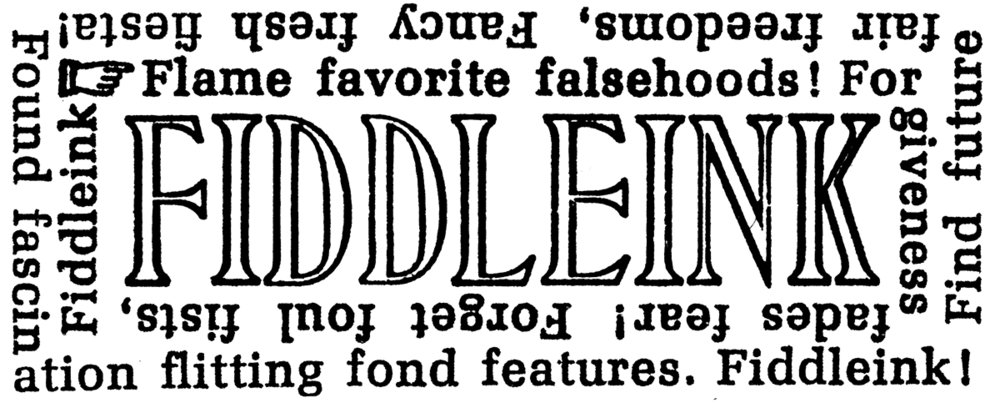Occasionally while running the machine, I've experienced a "no cast". This happened randomly, or at least it seemed to be random, because after a second attempt to cast the same line often the machine would give in and produce the slug. When it didn't cast a second time, I would switch it up slightly and maybe add a thin space, etc. and I could get it to go. It didn't happen frequently enough for me to explore the issue until recently. The line pictured above is the one that stopped me and got me to look into the problem.
In this case I was setting 10pt on 10pt mold, 18 pica width, first position. I was using standard justification with the hydraquadder off. As you can see, it's a full line, 6 space bands with less than a pica to go. I sent the same line through as it is pictured (but recreated with different matrices) several times. No go. Other lines that seemed to be similar length and spacing did go, so it was a mystery to me why this one would not.
More details to come....























